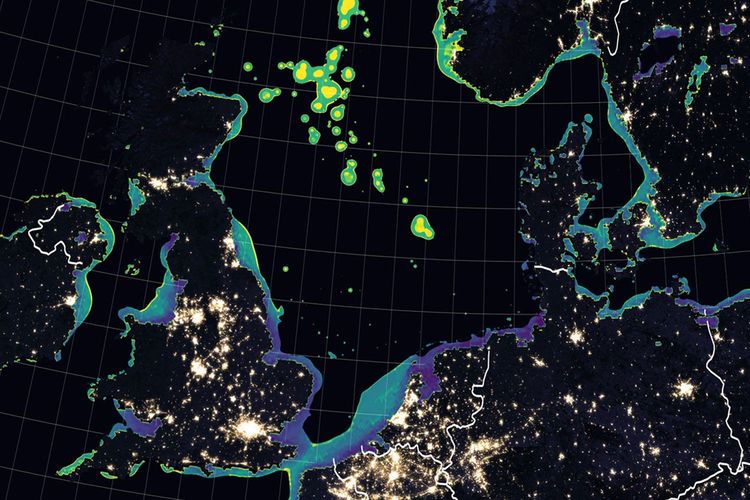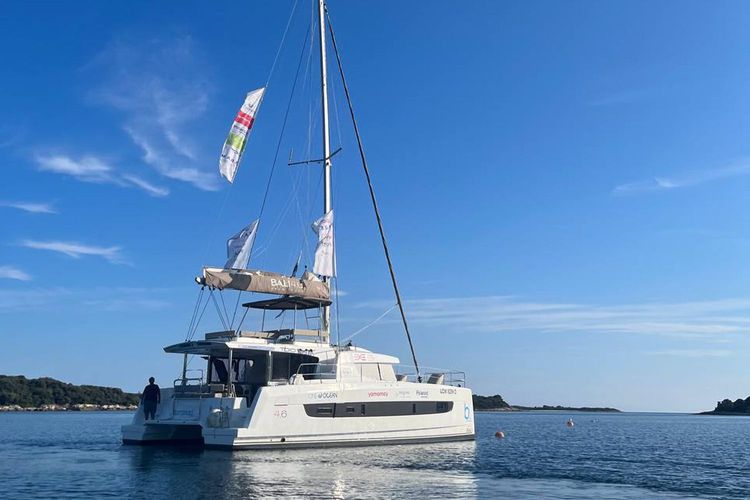
Not all species are equally sensitive to light, so to assess impact, the team focused on copepods, ubiquitous shrimplike creatures that are a key part of many ocean food webs. Like other tiny zooplankton, copepods use the sun or the winter moon as a cue to plunge en masse to the dark deep, seeking safety from surface predators.
Humans’ nighttime light has the most impact in the top meter of the water, the team found. Here, artificial light is intense enough to cause a biological response across nearly 2 million square kilometers of ocean, an area roughly that of Mexico. Twenty meters down, the total affected area shrinks by more than half to 840,000 square kilometers.
To assess where this glow is strongest, marine biogeochemist researchers have developed maps that show the impact of the light pollution in different parts of the world by comparing the phytoplankton concentration in the first few meters below the water surface.


